
Computer undoubtedly played the most important game in the development of cutting edge technology from the last few decades. The human had never thought about the luxury that he enjoys today. Well, humanity has just faced the era of computers half a centuries ago but a long way before that we are using a well-known technology called the camera. We can't even imagine a life without photography. But the technology used behind clicking every photo is just a brilliant idea and need to be discussed. Photography is an art in itself and the artist are both the photographer and the camera itself. In this article, we are going to discuss the technology and science used in cameras. The camera is known to be an awesome tool for almost a century. After the development of computer technology, the camera played a very important role. Just imagine the internet without images, how weird it would look. Pictures give us a way of imagination and the ability to develop a design. With the help of that camera, we can capture our memorable moments for generations. So let's get into the topic and know about the working of this technology.
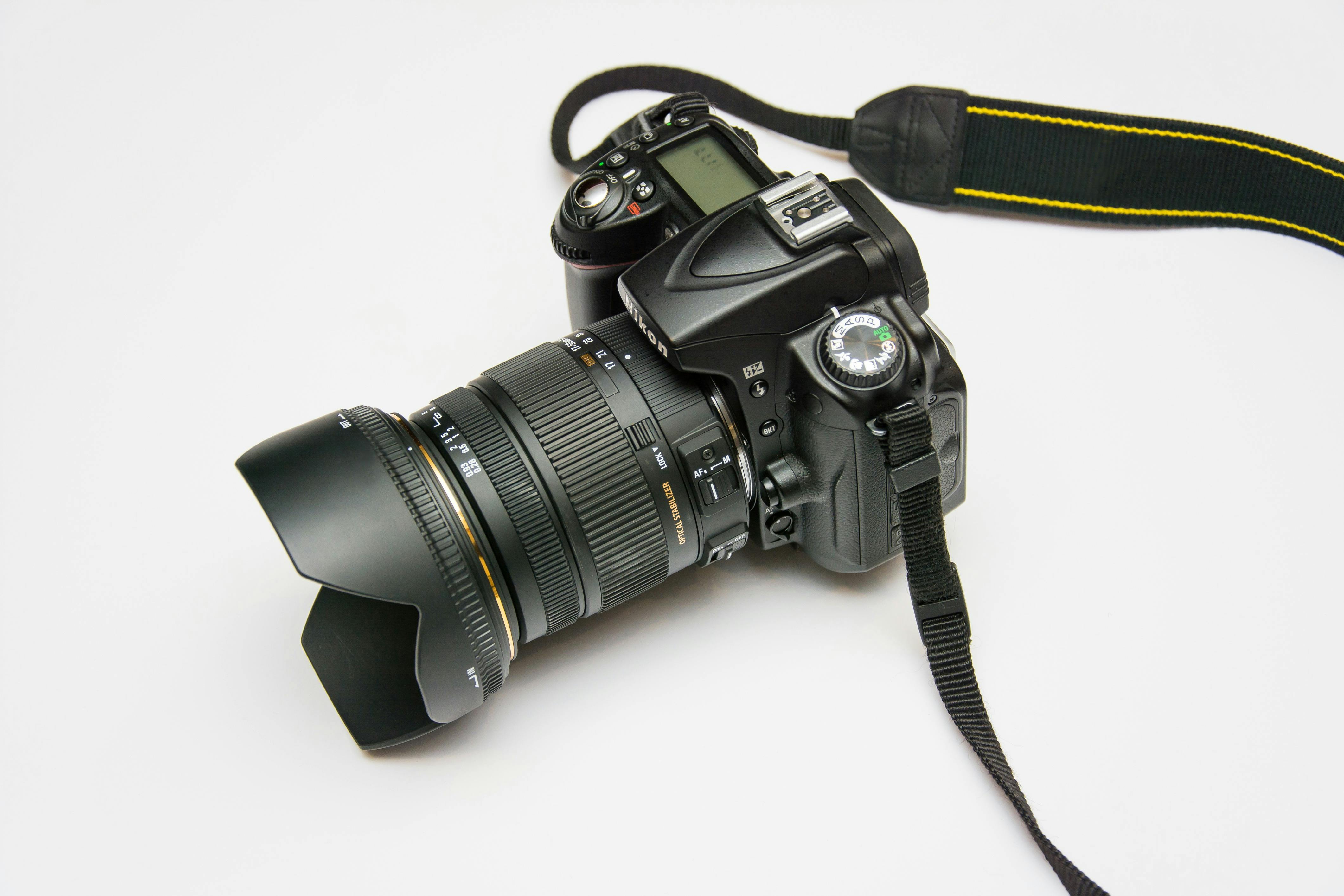
working
To capture an image the science that camera use is quite simple but understanding it is another job. Once the mechanism of the camera is known than its easier to understand its working. Every camera works on the same principle. The working of a camera depends upon three elements i.e
- the optical element
- the chemical element
- the mechanical element
An image can only be captured if the three elements work properly. Apart from the above three elements, there are other elements which affect the functioning of a camera. All those elements need to be discussed to understand the working of the camera.
light
The most essential element that affects the capturing of every picture. The camera is based on the principle of light reflection and capturing. The light used can be of two types depending upon the type of picture being captured i.e natural light(like sunlight and moonlight) or artificial light(studio lighting). Every camera captures some light from the object through its optical element and processes inside to generate the digital image.
subject
The subject is the thing that is being captured. It plays an important role in the image capturing. Capturing an image depends upon the amount of light coming from it. Capturing a good image depends upon the position and arrangement of the image in the frame.
lenses
Lenses are the optical elements. Without these tools capturing an image wouldn't have been possible. They capture the light that comes from the subject. They are responsible for the adjustment of focal length, magnification, length of image, distance, and angle of view. These elements come with various focal lengths depending upon the type of image they capture.
aperture
Aperture is the size of the opening of the lens. They are responsible for capturing the amount of light that comes from the image and hence decide the depth of the image. Aperture is measured in 'f' i.e f2.1, f1.8 etc. Larger the value of 'f' smaller is the aperture and hence less the amount of light enters the aperture. We can control the depth of the image by adjusting the aperture.
shutter speed
Shutter speed refers to the duration of the shutter that remains open to capture the image. It is measured in milliseconds. The shutter speed needs to be perfect so that the accurate amount of light goes to the sensor to generate the perfect image.
medium(sensor)
Images are captured bypassing the light coming from the subject to the recording medium which records the image. This unit is also called the chemical element in the camera. It used to be the firm traditionally but nowadays image sensors have replaced them. Image sensor provides the photographer with a variety of features to click an image.
The above discussed 6 different components work with a very similar way in every camera and functioning of these components is what makes a camera works.
The method of capturing and processing an image goes through several steps. But the process is very simple. Light plays the first role in this process. As light travels from one medium to another, it changes its speed. The speed of light is faster in the air as compared to that in the glass. Here in case of the camera, the lens slows the speed of light. When a ray of light from the object enters the lens at and angle, one part of light reaches the glass before another and hence slows down. At the time of entering and leaving the lens, the ray of light bends due to refraction of light. This phenomenon reverses the ray of light from the object. This works like this, suppose a luminous object is emitting light in every direction, that light diverges when emitted from the body. The convex lens in of the camera captures the light and converges it to fall at one point. The point where the converging rays of light fall, we get a real image.
The nature of the image depends on how the light enters the lens. And the path of light depends mainly on two factors;
- the angle of light
- type of lens
The angle at which the ray of light enters decides the size and shape of the image. The angle of light changes when the object changes its distance i.e moves farther or closer to the lens. The image of the closer object forms farther and the image of the farther object forms closer. When we move the lens the image forms closer or farther from the sensor. Again it is important to select the right lens to capture the right image. The lens comes in various types i.e wide-angle, macro, telephoto etc.
A lens with a round shape has more bending angle. Curving a lens out increases the distance between two points which makes the ray of light to take more time to travel through the length of the lens. This makes a known effect, the converging ray of light falls closer to the sensor.
The magnification of a camera can be understood by its focal length. The focal length is the distance between the lens and the real image. Greater focal length means greater magnification. Magnification is adjusted by moving the lens which controls the focal length to increase or decrease.
The chemical element discussed above is the firm in the traditional cameras which records the light falling into it. When the shutter is open and the firm is exposed to the light coming from the subject, the patter of light gets chemically recorded in the firm. A firm is usually a strip of plastic composed of tiny light-sensitive grains. The tiny grains undergo a chemical reaction when exposed to the light coming from the subject. When the roll is finished, the firm is exposed to other chemicals which reacts with the light-sensitive grains. In the case of a black and white firm, the darker areas appear to be lighter and the lighter area appears to be darker. This was called a negative image which is then converted into positive by other chemical processes. In case of colour firms, there are three different layers of light i.e red, blue and green When these firms are developed, information from all these three-layer are driven out and we get a full size coloured image.
This was the photography procedure of a traditional camera, when we try to capture an image in a dark room, we have to apply some artificial light or else the camera's firm won't capture any good image. This is because no light is coming from the subject. This was a major drawback of the traditional cameras. So now digital cameras have replaced the old traditional cameras, which provides with a variety of photography features and colour improvements.
Digital cameras
From the last two decades, improvement in camera technology has achieved a great height. As it is discussed above the major drawbacks of traditional cameras, there was a need to develop this technology to improve the art of photography. Digital cameras are such masterpiece inventions that change everything. The camera that we use on our smartphones, and that we use as webcams are based on the principle of digital cameras. So lets now know how this masterpiece works.
Aperture, lens and shutter are some components that are similar on both the cameras(digital and traditional), their functioning is also the same. Light enters through the lens when the shutter is open but the shutter is closed no light travel through the lens. When we press the shutter button light enters through the lens and reaches the camera sensor which records the pictures. Like in traditional cameras, in digital cameras also there are various component comes in use to record the best quality picture.
Image sensor
It is a semiconductor chip which is also the main component of the digital camera. It contains millions of tiny pixels which individually captures and measures the light falling onto them. On the top of the sensor there sits a colour filter which allows a certain amount of pixels to capture a certain colour of the light wave.
digital converter
After the image is captured through the sensor, it must be converted into a digital signal which is done by the digital converter. It is the second most important component and these days most of the digital converters are embedded inside the image processor.
circuit or motherboard
The digital camera runs electronically so they need to be attached with a circuit board. Digital cameras come with the pre-attached circuit board which hold all the data about the camera. It holds all the data from the image sensor and the storage of the memory card.
screen
Digital cameras come with a display screen which displays all pictures taken from the camera and adjustment can be made through the screen itself. Modern digital cameras come with touch-sensitive displays which makes it a lot easier to capture better quality pictures.
storage area
In traditional cameras, the roll acts like as the storage area which records all the captured pictures. In digital cameras, well rolls can't be used, so flash drives i.e memory cards are used which can capture millions of images and also gives the option to delete and recapture the image. Also, flash drives are faster which contributes a great advantage of using digital cameras.
working
In a digital camera, the above-discussed components work together to capture an image. The process is the same for every digital camera. Likewise in the traditional camera here also the process starts with light. When the capture button is pressed, light enters the camera through the aperture and goes to the image sensor. In traditional cameras, we had to adjust the angle, lighting, and distance then only an image can be captured. But in a digital camera, the biggest advantage is that we can adjust an filter the image later even after clicking. When the light from the object strikes the sensor, millions of pixels captures the light which measures the intensity of light at millions of different spots. The light focuses the light at a perfect angle to the sensor. In digital cameras, autofocus can be used by which the camera automatically adjusts the glass element and focal length. After measuring the light, the pixels converts each measured light into an electron. Brighter light means more electrons. Then the digital converter converts the analogue light signals to digital that can be stored into the memory card. The digital data is now moved to the circuit board where it is loaded onto the memory area with the help of firmware.
As the picture is converted into data, it can be shared anywhere unlike the traditional cameras where the pictures are recorded with the firm.
History of camera
Inventor Nicephore Niepce made his research in photography in the year 1816. At that time he used to call this process heliography. He took images of nature with the help of light from his office and home which looked almost accurate. Then he researched on printing the image. He used engraving onto some material of his choice then he would expose it to light which reacts with different chemicals coated in the surface of the material, which would create an image. In 1839, Niepce's friend Louis Daguerre made some experiment with photography. He took some silver pleated sheet made up of copper and coated with silver iodide, when exposed to light this would produce an image. This was one of the first steps towards the invention of the camera.
In 1885 George Eastman began to produce and manufacture paper films Later Eastman also created Kodak camera. It consisted of a single focus and one shutter speed. It had enough roll to click 100 pictures.
Oskar Barnack in 1913 began to research on smaller and less priced camera that everyone can use. After the first world war, the Leica camera began to be commercialized. Soon its second model came to be known as Leica I. This camera was very much popular and every company took this as an example and manufactured more portable and cheap cameras. By the passage of time more models of cameras came out and cameras shrink in size and less priced.
In the year 1948, Polaroid came to the market for the first time. It was the world's first instant picture camera which was very much popular for decades.
In 1961, Thomas Sutton invented the world's first single-lens reflex(SLR) camera although researches were made from 1933 on the idea of SLR design. He used reflex lenses and mirrors for the camera. GOMZ sport, Praktiflex, Gamma duplex were some popular SLR cameras of early times.
In 1988, the first digital camera was developed when computers have just put steps in people's livelihood. It was the year of 1991 when Kodak released there first commercial digital camera Kodak DCS. Digital cameras are the most famous and most successful cameras. Their technology has been developed over the years and size have also been reduced so that we can even use that technology in our smartphones too.
Implementation of cameras in computer systems
In the last few decades, improvement in daily life cutting edge technology has evolved drastically. Computers that we use today use digital signals or data to function. Before the last 3 decades, SLR cameras were in popular use. But the problem was they work in an analogue way and can't be used in computers. To overcome this problem technology used in cameras need to develop as SLR cameras were technically lagging. Digital cameras offered to solve this problem. With digital cameras, data can be easily transferred from the camera to the computer. Over the time cameras were implemented on the computers itself as it would reduce the bulkiness of camera and we need not carry a separate device to capture photos. With this technology, several new cutting edge features came to action. Now we can share pictured over the internet to anywhere in the world, images can be saved over the cloud for generations.
webcam
The idea of implementing cameras to computers starts with webcams. These are small digital cameras which can be attached to the computer to use several features like video calling etc. Their working principle is mostly the same as other digital cameras. A webcam consists of a system of a digital camera connected to the computer through a USB port. Modern laptops come with embedded webcams. Working of the webcam is same as digital cameras. When the picture is converted into digital form it is then transferred to the computer through the USB port. In the computer, special software needs to be installed which can capture the frame rate. Frame rate is the number of pictures captured in one second. This comes to use when using video calling feature. For a good frame rate, a good webcam along with a good internet connection is required.
smartphone cameras
The invention of smartphones is a masterpiece in itself. Carrying thousands of music, photos, movies in just a small handy device. But the most amazing thing in a smartphone is its camera. Smartphone cameras are in use today and most of the people opt to go with smartphone cameras rather than purchasing one digital camera. The reason, well they are most handy, pictures from them are insanely beautiful, they take less time to capture and editing the picture is way easier in smartphones. But it is also a matter to be known how cameras can be such small and how they are embedded in the smartphone. The camera in smartphones are very sophisticated by the way, but their working is very much similar to other digital cameras.
Smartphone cameras also work on the same principle of bending of light. When light enters into the lens it bends and slows down. But here the lens, aperture, shutter, and the lens are negligibly small. In a smartphone, most of the picture adjustments are done digitally or with software as the camera is very much small and extra components can't be attached. As we know we can attach the various lens in digital cameras to get pictures we want but in smartphones, space is less so compound lens are used. These are a special type of lens consist of multiple convex and concave glass. As space is less we can't attach different lenses, so cameras in smartphones were increased. Each camera takes a different image later with the software they all are combined to get a perfect image. Multiple cameras in smartphones i.e wide-angle and telephoto have a different focal length to capture different images.
In digital cameras, to zoom in the lens is moved to change the focal length. In this way the pictures taken are magnified, this process is called optical zoom. But in smartphones, there is no movable part so for a long time optical zoom couldn't be achieved. To overcome this problem, the digital zoom is introduced, where the system will crop the image to fit in the frame which looks like zoom in. Although with this zooming in could be achieved the images were not that great. This problem was later solved with the help of multiple cameras. In this system, one camera is set to be regular and another is of a telephoto lens with an increased focal length. The secondary camera can capture magnified images and later with the help of software both the regular and magnified images are merged to get a better quality image.
Later in smartphones, periscope zoom is introduced which works differently. Before the periscope mechanism, it was thought to be never possible to attach a movable lens in a smartphone due to less space. With periscope zoom, the lens could move inside the camera to get the desired focal length. This is because the lens is relatively large which doesn't stick out in the back, it is possible to zoom optically with is. This technology is quite new and limited up to high-end devices.
With digital cameras, we can even change the aperture, but with mobile apertures are fixed and can't be detached. For better camera quality, a large size aperture needs to be installed in smartphones. Over the years, smartphones were attached to bigger and better apertures. Now the biggest known mobile aperture is f1.4.
With the improvement in technology, these days smartphones cameras come with image stabilization which is a very important feature. Image stabilization is useful when the position of the camera is not well adjusted while taking photos as there is a chance of blurry images. This is achieved by having either the lens or the sensor move on a gyroscope. This stabilizes any small movement or glitter while capturing images. The feature of movement of lens or sensor over gyroscope is known as optical image stabilization(OIS). When the image stabilization is achieved digitally without physically moving the lens or sensor is called electronic image stabilization(EIS). EIS is more centred towards video shooting and filming rather than mobile photography.
As in digital cameras, in smartphones also the image sensor plays the most important role in photography. The working principle of the sensor is the same as digital cameras. The sensor contains millions of small units known as pixels. The total number of these pixels are counted in megapixels. The difference is in the size if compared to a digital camera sensor, as smartphone sensors are much smaller in size.
After the image is captured by the sensor then it is converted into digital form and sent to the
image signal processor(ISP). This is the brain of smartphone cameras. It takes raw image data from the sensor and converts it to a usable image. In smartphones, ISP is embedded in the microprocessor. Get to know more about microprocessors, you can read the whole article
here. This ISP is responsible to perform several tasks to the raw image which converts it to a usable image file.
To access the camera, the smartphone has camera software thought which it is possible to interchange the lenses, focus and image stabilization. Some software comes with a manual mode where it is possible to change the ISO, banding, frame rate just like digital cameras. Overall when the image is captured, it is saved in the memory and ready to use.
Types of cameras
SLR cameras
SLR or single-lens reflex cameras first introduced in the 1960s were a series of traditional cameras popular in the 20th century. This camera uses a mirror and prism system to take pictures and firm to store them. The biggest advantage of them was very old technology. And the image captured through them were traditional.
Instant cameras
Instant cameras are a series of traditional type cameras which uses self-developing film to instantly print the image. They have been very much popular over the years. First introduced in the 1930s, these cameras are still in use. They are compact, lightweight and handy. Just after capturing the picture, it develops the picture through its self-developing firm which is light sensitive.
DSLR cameras
Digital single-lens reflex cameras introduced in the 1980s are perfect examples of digital cameras. A DSLR consist of a body and a removable lens which gives a lot of flexibility to the photographer. As these are digital capturing pictures is extremely fast and responsive. With DSLR it is possible to capture pictures in the automatic and semi-automatic mode which comes pre-programmed.
Mirrorless cameras
Mirrorless cameras are a new type of digital cameras which includes all the features of DSLR plus some more additional features which makes them popular among photographers. Unlike DSLR mirrorless cameras don't have mirrors as the name implies, that means they don't have any viewfinder. They are compact then DSLR and fewer lenses are available for mirrorless cameras.
Compact cameras
As the name implies, they are small and compact. These cameras are also known as point and shoot cameras. They are very small and lightweight as compared to DSLR. As they are small they don't have all the features that DSLRs usually have. They are used to click pictures of daily life and the quality of pictures are not that great as compared to the DSLR. Compact cameras were not so popular over time as most of the people go with smartphone cameras which provide better options.
If you like the article please share it and comment. Subscribe to our newsletter to stay updated to our blog. Keep visiting and sharing our blog.



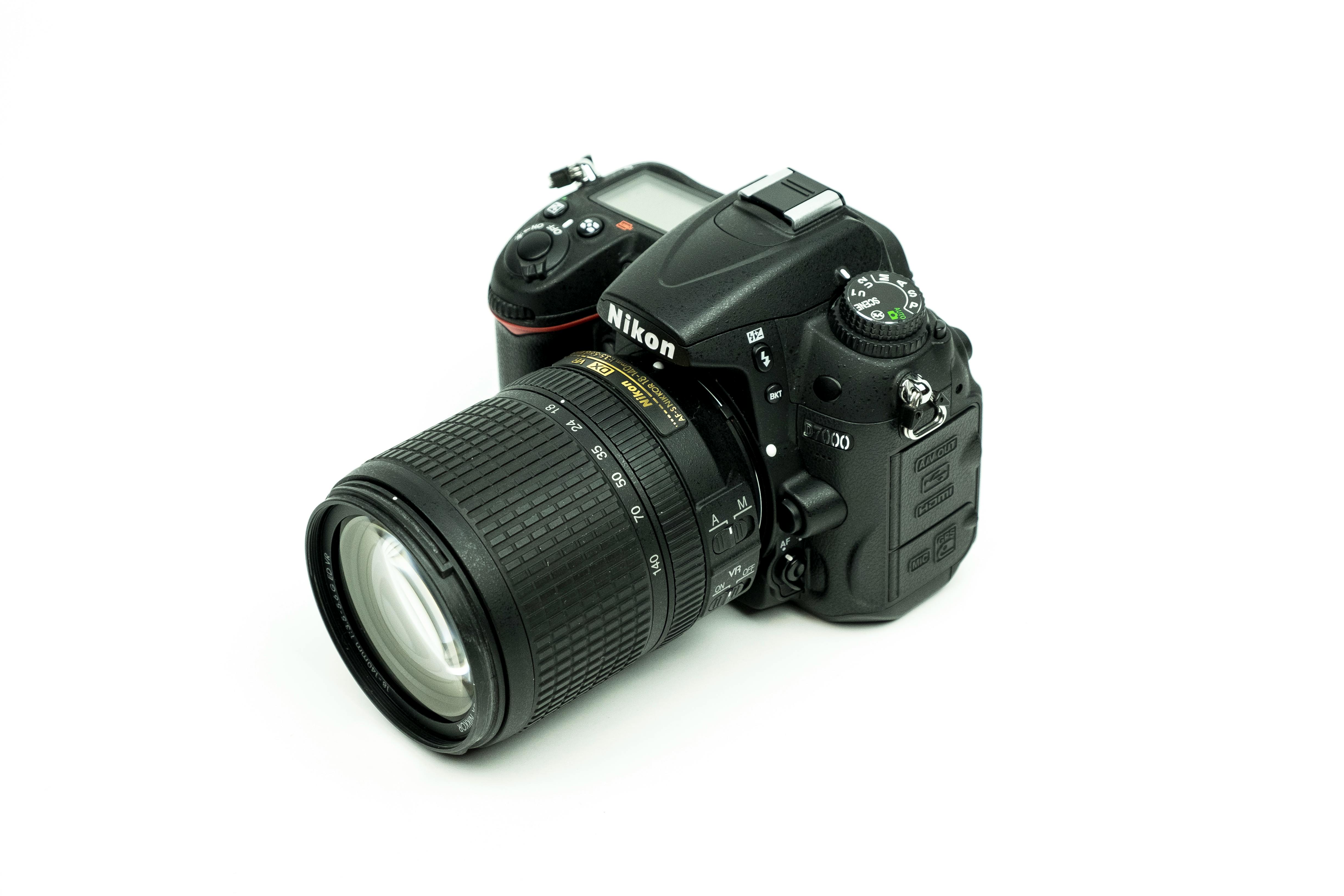






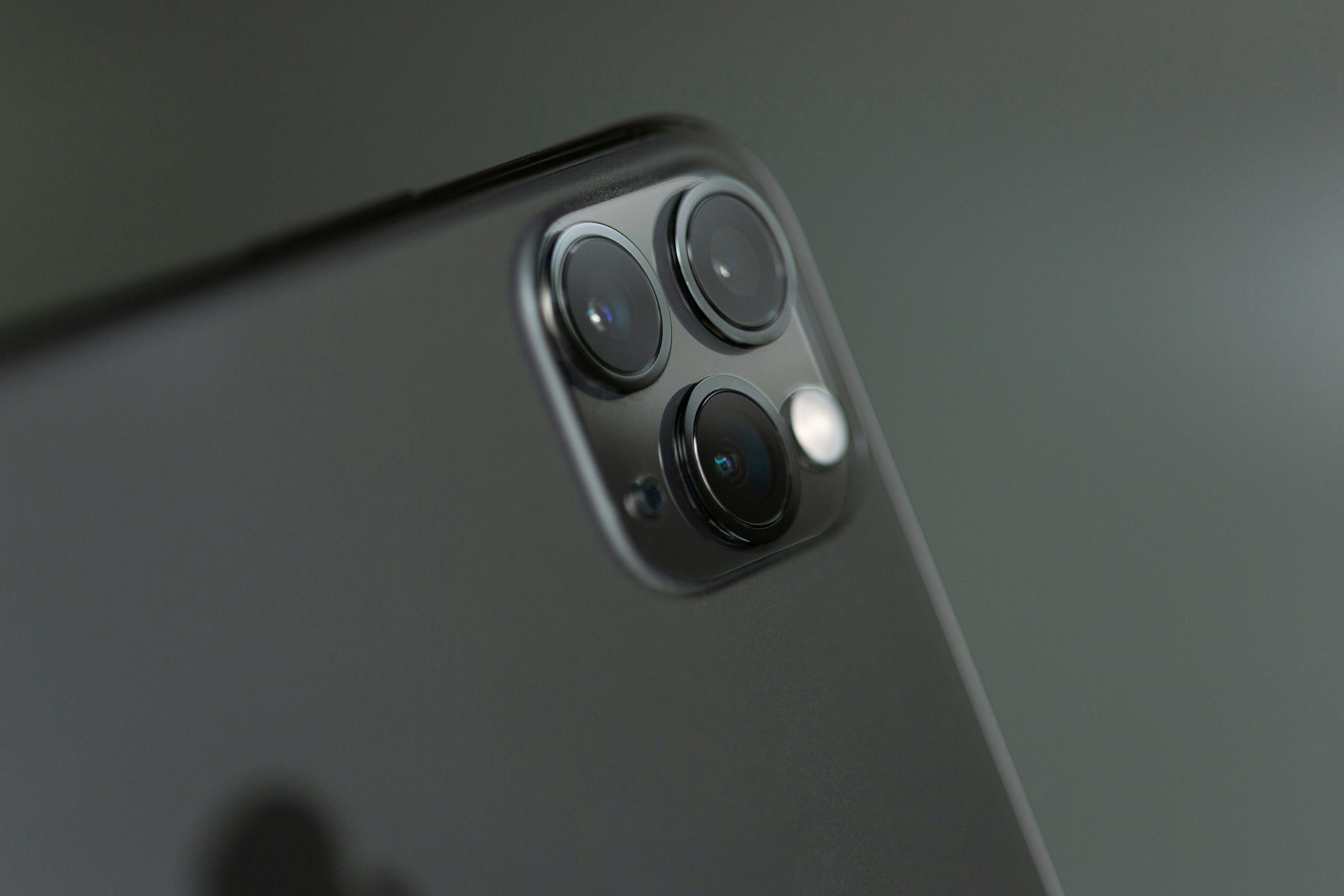

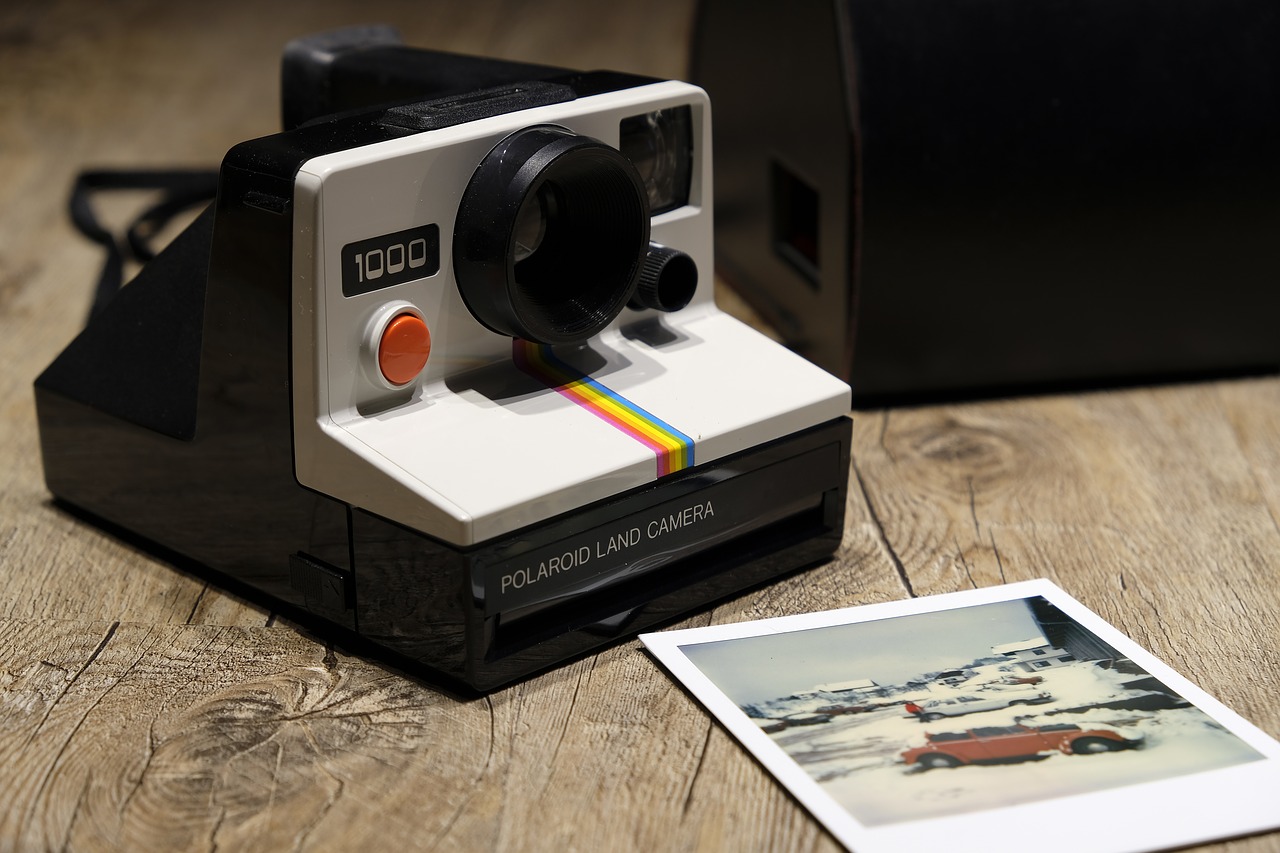

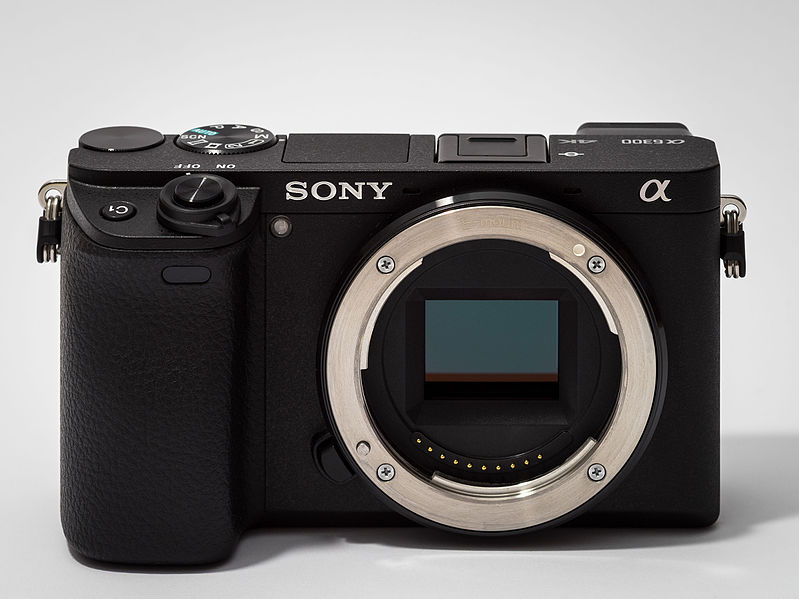

























Yenwyeybw6h
ReplyDelete